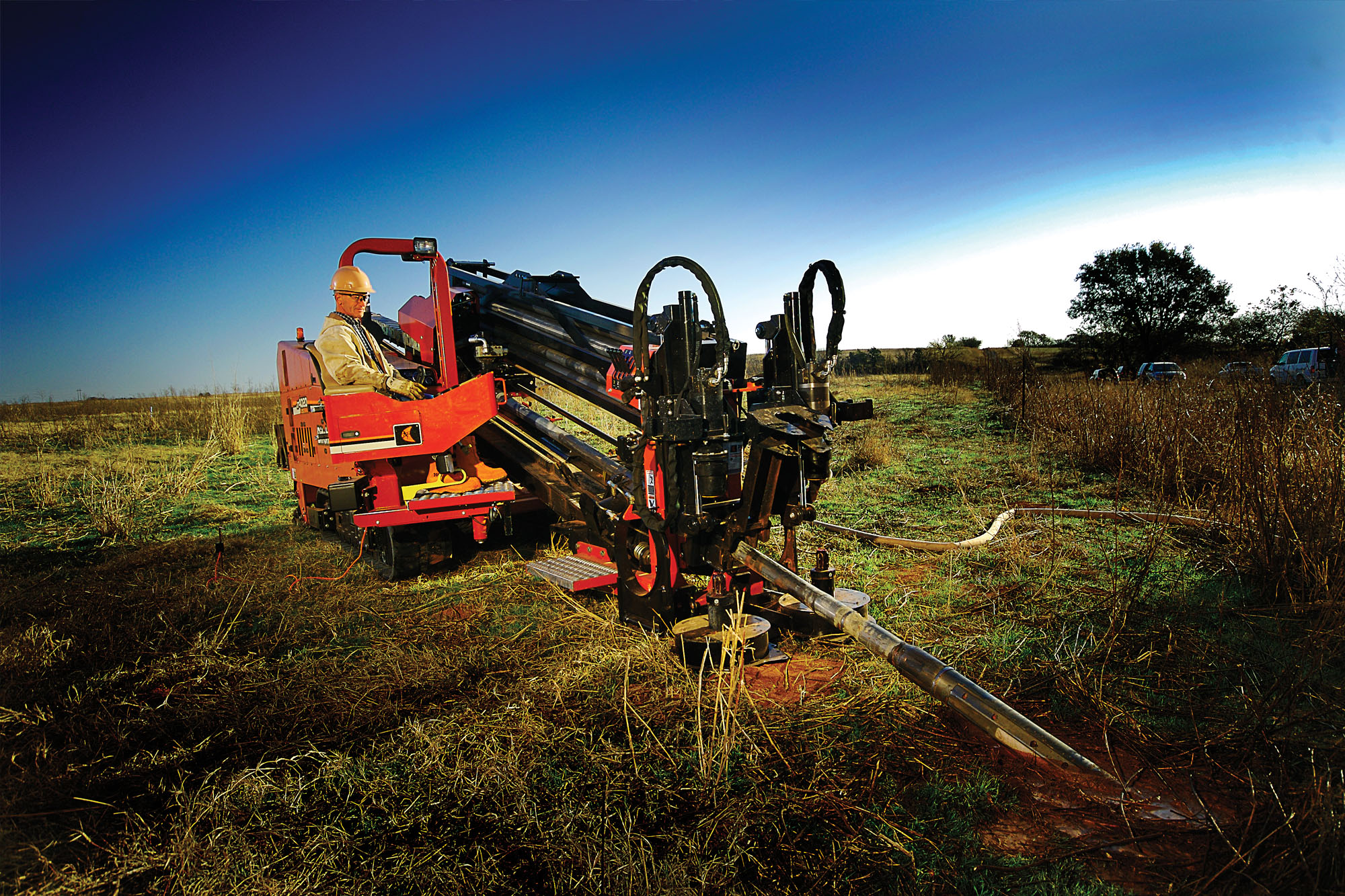Arizona
Arizona
Directional Boring in Arizona
Directional boring, also known as horizontal directional drilling (HDD), is an advanced trenchless technology widely used in Arizona to install underground utilities like water, gas, electric, and telecommunications lines. This method involves drilling a horizontal borehole along a predetermined path and then pulling the utility conduit back through it. Given Arizona’s unique landscape, from the dense urban areas of Phoenix and Tucson to the rugged terrains of Flagstaff, directional boring offers a reliable and minimally invasive alternative to traditional excavation methods.

One of the main benefits of directional boring in Arizona is its ability to minimize surface disruption. Traditional trenching can cause significant damage to roadways, sidewalks, landscaping, and other surface structures. In a state where tourism and outdoor activities are vital to the economy, maintaining the natural environment and urban infrastructure is crucial. Directional boring allows contractors to install underground utilities without disturbing the surface, preserving Arizona’s scenic beauty and reducing the impact on local businesses and residents.
Arizona Directional Boring and How It Differs
Arizona’s diverse geological conditions, including rocky soil, caliche (a hardened natural cement), and sandy desert terrain, present unique challenges for underground utility installation. Directional boring equipment is designed to navigate these conditions effectively, making it an ideal choice for projects across the state. The technology can handle varying soil types and obstacles like underground rock formations, providing a flexible solution for Arizona’s challenging environments. With the ability to drill beneath obstacles such as rivers, highways, and buildings, directional boring ensures that essential infrastructure projects can proceed smoothly and efficiently.
In addition to its environmental and practical advantages, directional boring also offers cost savings over traditional excavation methods. By reducing the need for extensive trenching, directional boring minimizes labor costs, material expenses, and project timelines. For municipalities and utility companies in Arizona, these cost efficiencies are significant, particularly when dealing with large-scale infrastructure projects. Moreover, because directional boring requires less equipment and fewer workers on-site, it is a safer option, reducing the risk of accidents and injuries.
Cableex’s directional boring process involves using advanced technology to create a precise underground path for utility lines, minimizing the need for digging and reducing the risk of damage to surrounding infrastructure. Their experienced technicians use real-time monitoring and tracking systems to ensure accurate placement and avoid potential obstacles. This approach enables Cableex to complete projects quickly and with minimal disruption to the surrounding area.

